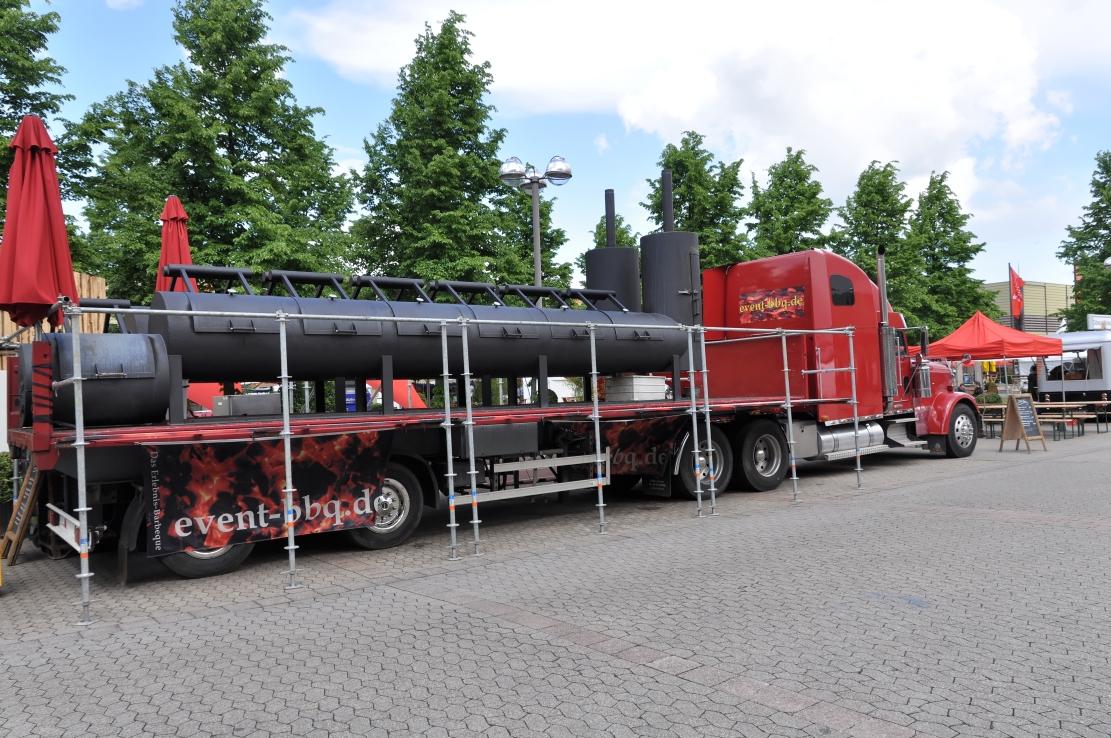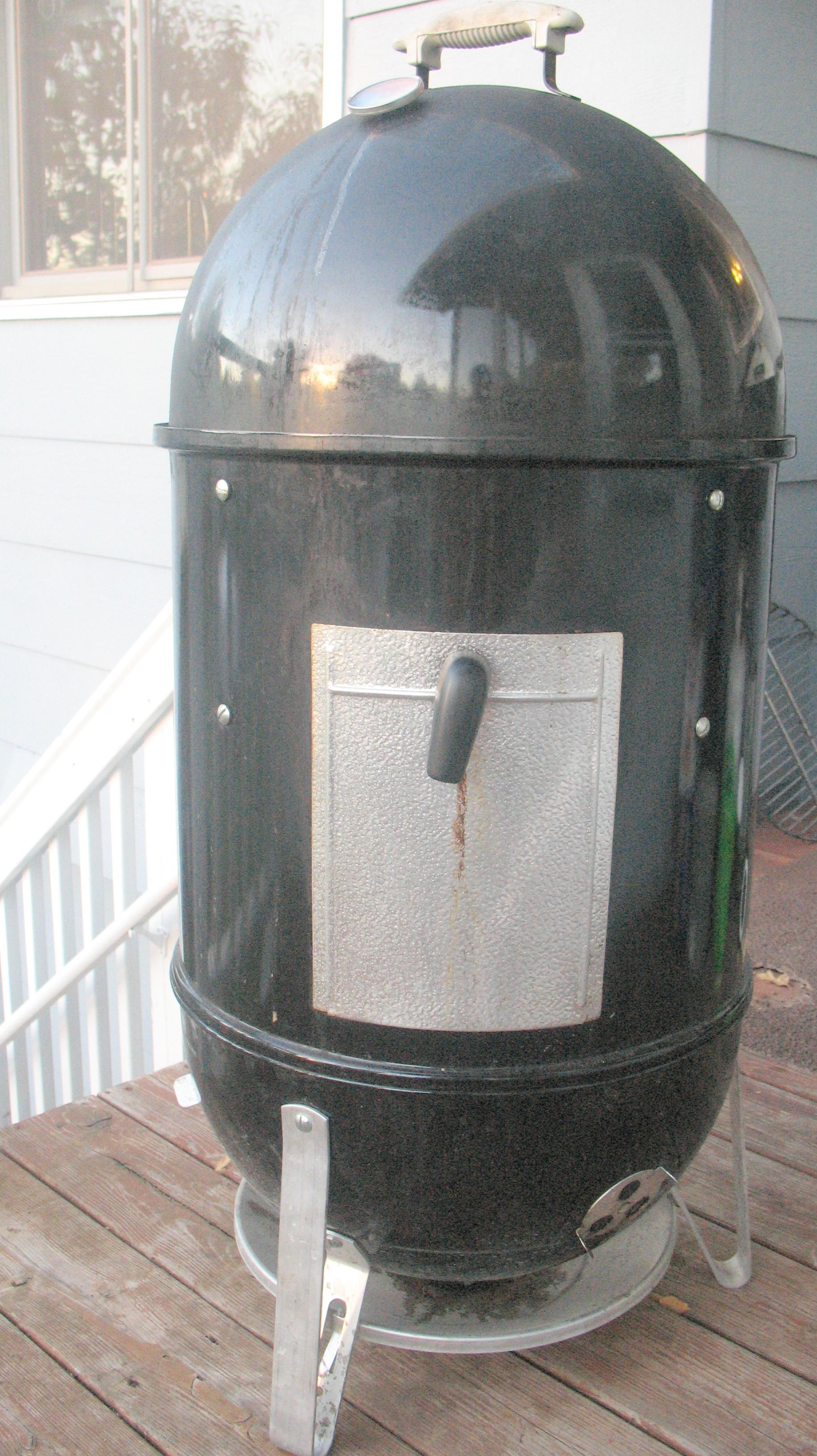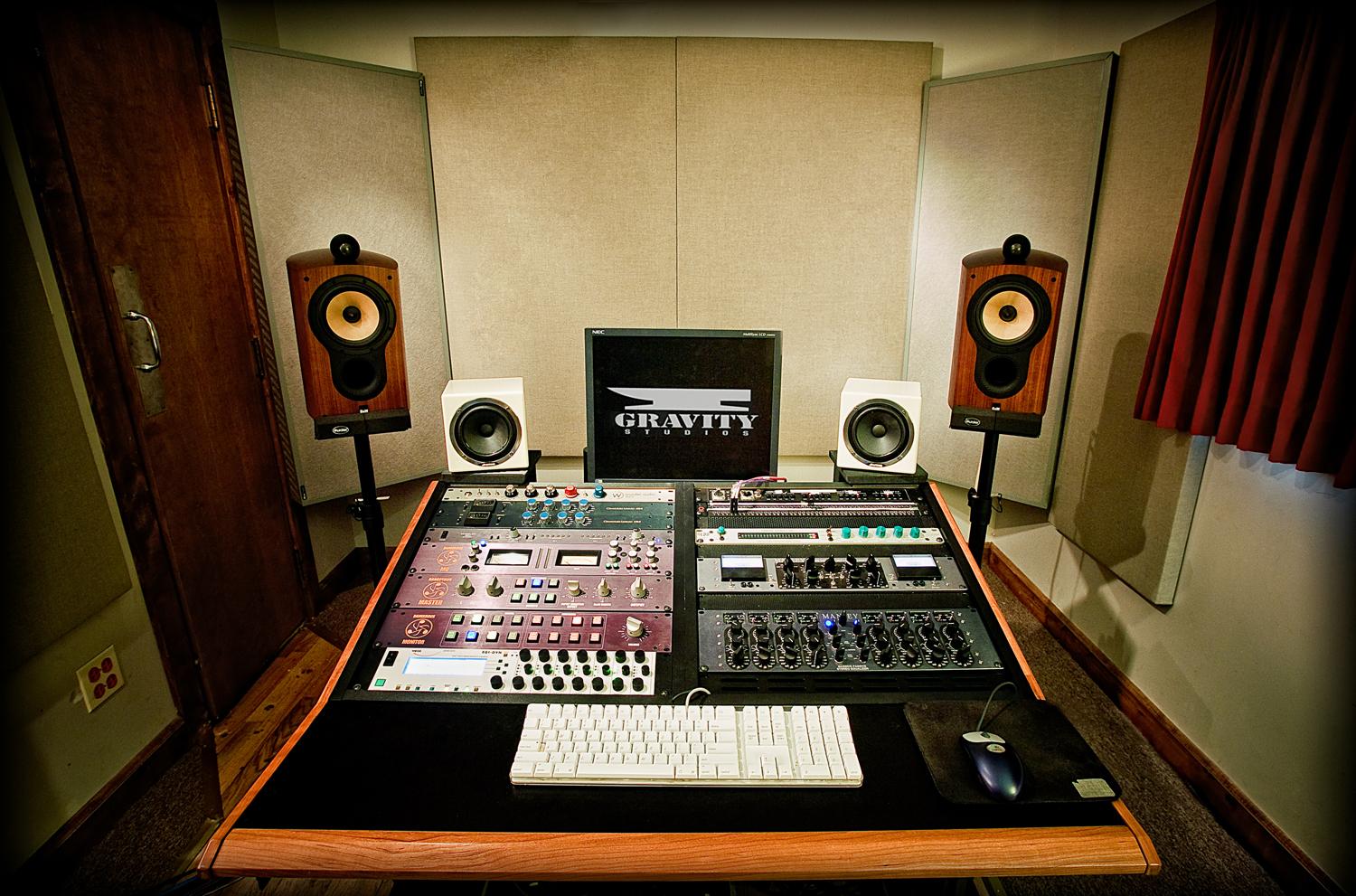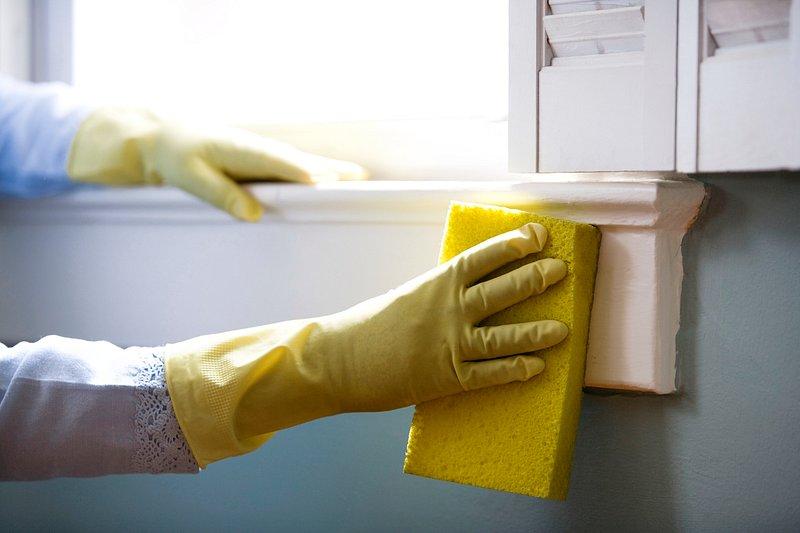
The art of smoking food has been a favored culinary technique for centuries, yielding dishes with distinct flavors and tender textures. Whether you’re a seasoned chef or a budding home cook looking to expand your repertoire, learning how to use a smoker can take your grilling game to new heights. In this comprehensive guide, we will walk you through the ins and outs of using a smoker, covering the different types available, essential equipment, and step-by-step instructions on achieving mouthwatering results. Get ready to unlock the secrets behind this ancient cooking method and elevate your barbecuing skills to a whole new level.
Benefits of Using a Smoker for Cooking
Using a smoker to cook your food offers a unique and delicious experience, bringing out flavors that cannot be achieved through other cooking methods. Whether you are a novice or an experienced cook, using a smoker can elevate your culinary skills to a whole new level. Here are some of the key :
Enhanced Flavor and Aroma
One of the most notable advantages of using a smoker is the enhanced flavor it imparts to your food. The slow cooking process allows the wood smoke to penetrate the food, infusing it with a rich and smoky flavor. Whether you are smoking meat, fish, vegetables, or even cheese, the end result is a delicious dish with an irresistible aroma that will make your taste buds dance.
Tender and Juicy Results
Smoking your food helps to preserve its natural moisture, resulting in tender and juicy dishes. The low and slow cooking method ensures that the meat retains its juices, preventing it from drying out. Whether you are smoking a brisket, ribs, or a whole turkey, you can expect moist and succulent meat that is sure to impress your guests.
Versatility in Cooking
A smoker offers a wide range of cooking options, allowing you to experiment with different ingredients and techniques. You can smoke, grill, roast, or even bake in a smoker, making it a versatile cooking appliance. The controlled heat and smoke provide endless possibilities for creating diverse and delicious dishes.
Healthier Cooking Method
Using a smoker for cooking can also be a healthier option compared to traditional cooking methods. The slow smoking process allows the fat to render out from the meat, resulting in leaner and healthier dishes. The use of natural wood smoke adds flavor without the need for heavy sauces or excessive oil, making it a great choice for those watching their calorie intake or following a special diet.
Social and Fun Experience
Using a smoker is not just about the end result; it’s also about the entire cooking experience. Smoking food can be a social and enjoyable activity, perfect for gatherings with family and friends. It gives you the opportunity to showcase your culinary skills and share delicious meals while creating lasting memories around the smoker.

Types of Smokers: A Comprehensive Guide
Whether you’re a seasoned grilling enthusiast or just starting out, using a smoker can be a game-changer when it comes to enhancing the flavor of your food. There are several types of smokers available in the market, each with its own unique features and benefits. In this guide, we’ll walk you through the different types of smokers and how to use them to achieve delicious smoked dishes.
1. Offset Smoker
The offset smoker, also known as a barrel smoker or stick burner, uses indirect heat to smoke your food. It consists of a firebox attached to the side of the main cooking chamber. Using wood or charcoal as fuel, the firebox generates smoke and heat, which travels into the cooking chamber and envelops your food with that irresistible smoky flavor. To use an offset smoker:
- Start by lighting the charcoal or wood in the firebox.
- Adjust the airflow vents to control the temperature inside the cooking chamber.
- Place your food on the grates and close the lid.
- Monitor the temperature regularly and add more fuel as needed.
- Enjoy deliciously smoked food after the recommended cooking time.
2. Electric Smoker
If you’re looking for convenience and ease of use, an electric smoker might be the right choice for you. These smokers use electricity to generate heat and smoke, making them suitable for both beginners and experienced smokers. Here’s how to use an electric smoker:
- Plug in the smoker and preheat it according to the manufacturer’s instructions.
- Add wood chips or pellets to the designated tray or box.
- Place your food on the cooking grates and close the door.
- Set the desired temperature and cooking time.
- Let the smoker do its magic while you sit back and relax.
3. Kamado Smoker
A kamado smoker, inspired by traditional Japanese cooking, is a versatile option that allows you to smoke, grill, and bake. Its egg-shaped design and ceramic construction provide excellent heat retention and temperature control. To use a kamado smoker:
- Ensure that the top and bottom vents are open for proper airflow.
- Add lump charcoal to the firebox and light it using a chimney starter.
- Close the lid and allow the temperature to stabilize.
- Place your food on the cooking grates and close the lid.
- Monitor the temperature and adjust the vents as necessary.
4. Pellet Smoker
Pellet smokers, also known as pellet grills, use wood pellets as fuel, offering a convenient way to achieve that authentic smoky flavor. These smokers feature a hopper that automatically feeds the pellets into a fire pot. Here’s how to use a pellet smoker:
- Add wood pellets to the hopper and turn on the smoker.
- Set the desired temperature using the digital control panel.
- Wait for the smoker to preheat, ensuring that the smoke density is consistent.
- Place your food on the cooking grates and close the lid.
- Relax and let the smoker work its magic while the wood pellets infuse your food with mouthwatering flavors.
5. Vertical Water Smoker
A vertical water smoker, also known as a bullet smoker, is a popular choice among smoking enthusiasts. These smokers consist of multiple chambers, including a lower fire chamber, a middle water pan chamber, and an upper cooking chamber. The water pan helps regulate temperature and maintain moisture. Here’s how to use a vertical water smoker:
| Cooking Chamber | Water Pan | Fire Chamber |
|---|---|---|
| Add your food to the cooking grates. | Fill the water pan with hot water. | Place charcoal or wood in the fire chamber and light it. |
| Close the lid to trap heat and smoke. | Monitor the water level and add more if needed. | Adjust the vents to control temperature. |
| Enjoy juicy and flavorful smoked dishes once they’re done. |
With these different types of smokers and the proper know-how, you’ll be well-equipped to enjoy the art of smoking and impress your family and friends with mouthwatering, smoky delicacies. Happy smoking!

Preparing the Smoker for Use: Step-by-Step Instructions
Before you dive into the world of smoking food, it’s crucial to know how to properly prepare your smoker for use. By following these step-by-step instructions, you’ll be on your way to achieving mouthwatering smoked dishes that will impress even the toughest food critics.
Step 1: Choose the Right Fuel
The first step in preparing your smoker is to choose the right fuel. Whether you prefer charcoal, wood chips, or pellets, it’s essential to select a fuel that matches the flavor profile you want to achieve. For a classic smoky taste, opt for hickory or mesquite wood chips. If you’re after a milder, sweeter flavor, consider using fruitwood chips like apple or cherry. No matter your preference, ensure you have enough fuel to maintain a consistent temperature throughout the smoking process.
Step 2: Clean the Smoker Thoroughly
Next, it’s time to give your smoker a good cleaning. Begin by removing any debris or residue from previous smoking sessions. Scrub the grates, walls, and lid using a wire brush to ensure a hygienic cooking environment. Don’t forget to clean the water pan and drip tray as well. Once everything is sparkling clean, rinse with water and dry thoroughly to prevent any contamination or mold growth.
Step 3: Season the Smoker
Seasoning your smoker is an essential step to remove any manufacturing oils or impurities. This process also helps create a protective layer that prevents rusting. To season your smoker, simply coat the inside surfaces, including the grates, with a high-heat cooking oil or food-grade spray. Heat the smoker to around 250°F (120°C) for about two hours. This will burn off any remaining residue and allow the oil to penetrate the metal, providing a non-stick surface for future cooks.
Step 4: Preheat the Smoker
Now that your smoker is clean and seasoned, it’s time to preheat it to the desired temperature. Refer to your smoker’s manual for the recommended preheating temperature based on the type of fuel you’re using. For charcoal smokers, arrange the lit coals in a pile and let them burn until covered with a layer of ash. For electric or gas smokers, simply set the temperature to the desired level. Preheating will not only kill off any remaining bacteria but also ensure a consistent cooking temperature.
Step 5: Set up the Smoking Environment
Lastly, it’s crucial to set up the ideal smoking environment. Fill the water pan with water or a flavorful liquid like apple juice to add moisture to the smoke and keep your food juicy. Place soaked wood chips or pellets in a smoker box or aluminum foil pouch to create smoke and enhance the flavor. Arrange the food on the grates, ensuring there is enough space between each piece for proper air circulation. Finally, close the smoker’s lid and monitor the temperature throughout your cooking journey to achieve delectable results.

Mastering Smoking Techniques: Tips and Tricks for Perfect Results
Choosing the Right Wood
Using the right type of wood is essential for achieving the best results when using a smoker. Different types of wood impart distinct flavors to your food, so it’s important to choose the one that complements your desired outcome. For a strong, smoky flavor, you may opt for woods like hickory or mesquite. Fruitwoods like apple or cherry are perfect for a milder and slightly sweet flavor. Experiment with different combinations to find your favorite blend of flavors.
<h2>Preparing the Smoker</h2>
<p>Before you start smoking, it's crucial to ensure that your smoker is clean and ready to use. Start by removing any ash or leftover residue from the previous use. Next, line the bottom of the smoker with aluminum foil for easy cleanup. It's also important to check that all vents and dampers are fully operational to maintain proper airflow throughout the smoking process. Once your smoker is clean and all set up, you can move on to preheating it to the desired temperature.</p>
<h2>Mastering Temperature Control</h2>
<p>Temperature control is vital to achieve perfect results when using a smoker. Maintaining a consistent temperature throughout the cooking process ensures that your meat cooks evenly and retains its moisture. To achieve this, start by preheating the smoker to the desired temperature before adding your food. Monitor the temperature using both the built-in thermometer and an independent probe thermometer for accuracy. Adjust the vents and dampers accordingly to maintain the desired temperature.</p>
<p>Remember that smoking is a slow and steady process, so be patient and avoid constantly opening the smoker to check on your food. Each time you open the smoker, heat and smoke escape, which can affect the cooking time and temperature. Trust the process and resist the urge to peek until it's time to check for doneness.</p>
<h2>Adding Flavor with Marinades and Rubs</h2>
<p>To enhance the flavor of your smoked meat, consider using marinades or rubs. Marinades infuse your meat with additional flavors and help to tenderize it, while rubs add a delicious crust to the exterior. When using marinades, allow your meat to soak for at least a few hours or overnight for maximum flavor absorption. For rubs, generously coat your meat with the mixture, ensuring it adheres well. Remember to let the flavors meld by allowing the meat to rest for a while before placing it in the smoker.</p>
<h2>Monitoring and Testing for Doneness</h2>
<p>While smoking, it's important to monitor the internal temperature of your meat using a meat thermometer. Different meats have specific temperature guidelines for doneness. For example, chicken should reach an internal temperature of 165°F (74°C), while pork and beef may have different temperature targets depending on the desired level of doneness.</p>
<p>In addition to temperature, test the doneness of your meat using other techniques such as the probe test or sight and touch. For most cuts, the meat should be tender, easily pulling apart with a fork when it's fully cooked. Remember to let your meat rest for a few minutes before carving to allow the juices to redistribute and ensure optimal flavor.</p>
Cleaning and Maintenance of the Smoker: Best Practices
Properly cleaning and maintaining your smoker is essential to ensure its longevity and performance. By following these best practices, you can keep your smoker in top shape and continue to enjoy delicious smoked meals:
1. Regular Cleaning
After each use, it is important to clean your smoker thoroughly. Start by removing any leftover ashes and debris from the firebox. Use a brush or scraper to remove built-up grease and grime from the cooking grates. Wash them with warm soapy water or use a grill brush to remove any stubborn residues. Clean the interior walls and racks with a mild detergent and rinse thoroughly. Finish off by wiping the exterior surfaces with a damp cloth.
2. Seasoning the Smoker
Seasoning your smoker before its first use is crucial to prevent rust and improve its performance. Apply a thin layer of cooking oil to the interior surfaces and grates. Preheat the smoker at a low temperature, around 250°F (120°C), for approximately two hours. This process helps to create a protective layer and enhances the smoker’s ability to retain heat and impart flavor to your food.
3. Keeping the Firebox Clean
The firebox is the heart of your smoker, so it is vital to keep it clean and well-maintained. Regularly remove ashes and dispose of them properly. Excessive ash buildup can restrict airflow and affect the smoker’s temperature control. Inspect the firebox for any signs of rust and use high-temperature paint to touch up any damaged areas. Ensure that vents and dampers are clean and functioning correctly.
4. Inspecting and Replacing Parts
Perform regular inspections of your smoker’s parts to identify any worn-out or damaged components. Check the seals and gaskets for any leaks, and replace them if necessary to maintain temperature consistency. Inspect the handles, hinges, and wheels for signs of wear and tear. If you notice any rust or corrosion on metal components, use a wire brush to remove it and apply a rust-resistant coating to protect them.
5. Storage and Cover
When not in use, it is important to store your smoker in a clean and dry place. If possible, cover it with a high-quality smoker cover to protect it from dust, moisture, and the elements. Ensure that the smoker is cooled down completely before covering it. This will help prevent the growth of mold or mildew and maintain the smoker’s appearance and functionality over time.
Q&A
Q: What is a smoker and how does it work?
A: A smoker is a cooking device that allows you to slow cook food at low temperatures, giving it a distinct smoky flavor. It consists of a firebox, a water pan, a cooking chamber, and a chimney. The fire in the firebox produces smoke, which travels into the cooking chamber and flavors the food, while the water pan helps maintain a moist cooking environment.
Q: What types of smokers are available?
A: There are several types of smokers available on the market. The most common types include charcoal smokers, electric smokers, gas smokers, and pellet smokers. Each type has its own advantages and disadvantages, such as ease of use, temperature control, and flavor infusions.
Q: How do I prepare a smoker before using it?
A: Before using a smoker, it is crucial to clean and season it. Start by removing any dust or debris from the interior and racks. Then, wash the smoker with warm soapy water and rinse thoroughly. Season the smoker by coating the interior with cooking oil and heating it at a low temperature for a couple of hours. This process helps prevent rust and contributes to better flavor development.
Q: What is the ideal temperature for smoking?
A: The ideal temperature for smoking varies depending on the type of food you want to cook. Generally, temperatures range between 200-250°F (93-121°C). Lower temperatures are suitable for delicate foods like fish, while higher temperatures are better for meats like pork or beef. It’s important to maintain a consistent temperature throughout the cooking process for best results.
Q: How long does it take to smoke different types of food?
A: Cooking times vary depending on the type and size of food being smoked. For example, a whole chicken may take around 4-5 hours, while ribs might require 6-8 hours. Large cuts of meat, such as brisket or pork shoulder, can take anywhere from 10-14 hours. Patience is key, as the low and slow smoking process ensures tender and flavorful results.
Q: Can I use any type of wood for smoking?
A: While many types of wood can be used for smoking, it’s essential to choose the right variety for the desired flavor profile. Popular woods for smoking include mesquite, hickory, apple, cherry, and maple. Each wood imparts a unique taste to the food. It’s also necessary to ensure the wood is dry, as wet wood generates more steam than smoke, affecting the flavor.
Q: How often should I check and replenish the wood or charcoal?
A: Regularly checking and replenishing the wood or charcoal is key to maintaining a stable temperature during the smoking process. While it depends on the smoker type and the amount of food being cooked, a good rule of thumb is to check every 30-45 minutes. Keep a close eye on the temperature and add more fuel as needed to maintain the desired heat level.
Q: How can I ensure food safety when using a smoker?
A: To ensure food safety, it is crucial to follow proper hygiene practices and cook foods to their recommended internal temperatures. Use a food thermometer to ensure that poultry reaches an internal temperature of 165°F (74°C) and beef, pork, or fish reaches a safe internal temperature as per USDA guidelines. Additionally, always wash your hands before and after handling raw foods and keep them separate from cooked foods to avoid cross-contamination.
Q: Any tips for beginners using a smoker for the first time?
A: Absolutely! Start with smaller cuts of meat to get familiar with your smoker and its operation. Experiment with different wood flavors and cooking times to find your preferred taste. Keep a logbook to record your cooking times, temperatures, and adjustments made. Lastly, don’t be afraid to ask for advice or seek out online resources to learn from experienced smokers. Practice makes perfect! In conclusion, learning how to use a smoker can open up a world of culinary possibilities and take your barbecuing skills to new heights. By following these step-by-step instructions and considering important factors such as temperature control, fuel choice, and types of wood, you can achieve delectably smoked meats, vegetables, and even desserts.
Remember, practice makes perfect, so don’t be discouraged if your first few attempts aren’t flawless. Experiment with different recipes, explore various smoking techniques, and adjust your cooking times and temperatures to find the sweet spot for creating your own signature smoky flavors.
With patience and dedication, you’ll soon become a master of the smoker, impressing your family and friends with mouthwatering meals that are bursting with tantalizing aromas and rich, smoky goodness. So grab your apron, stock up on quality ingredients, and get ready to embark on an exciting journey into the art of smoking. Happy grilling!






